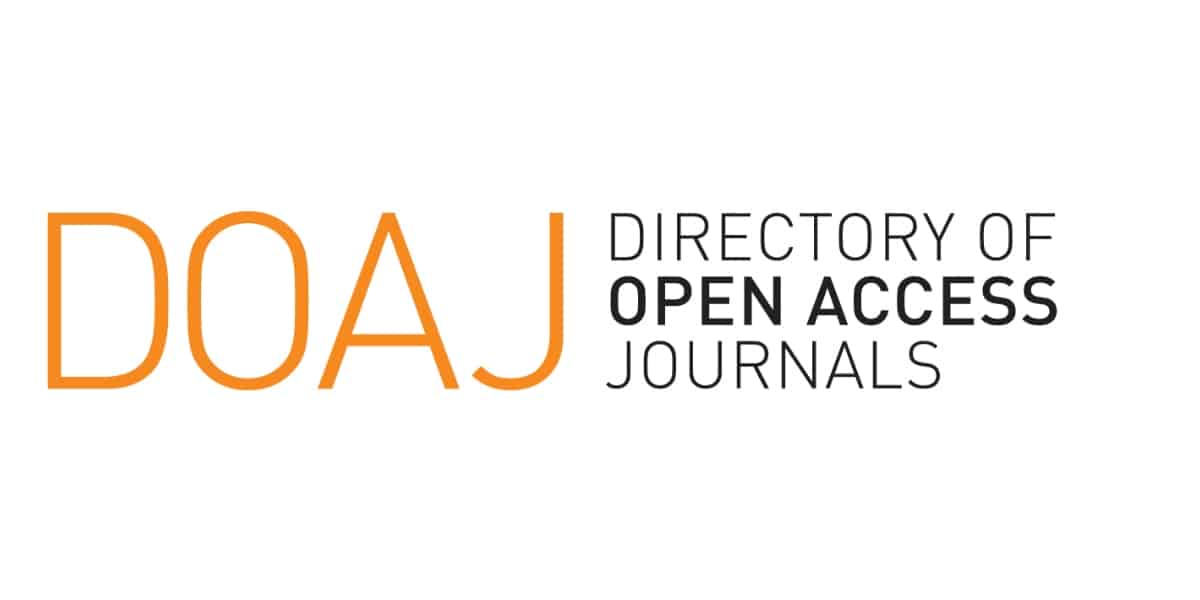Post Floods Disaster Management in Grobogan Regency
Keywords:
floods, post-disaster, waste managementAbstract
Waste handling cannot only be completed by one agency but involves related agencies to collaborate. Grobogan Regency has 17 of the 19 sub-districts that are included in the potential for flood disasters. After the flood disaster, there was trash that had to be handled. To resolve this,a good coordination pattern between agencies is needed. This research is descriptive research using primary and secondary data. Primary data was taken by measuring the amount of waste produced at 6 temporary 3R waste management locations in Grobogan Regency and conducting interviews with officers from the Grobogan Regency Environmental Service (DLH), BNPB, and DPUPR. Meanwhile, secondary data comes from data on the amount of waste produced under normal conditions as well as analysis of coordination and institutional patterns in handling post-disaster waste. The results of this research showed that the increase in waste after the disaster was 15% of normal conditions, whereas in the post-disaster coordination pattern it returned to internal coordination where each agency returned to work according to the duties and authority of each agency.
















